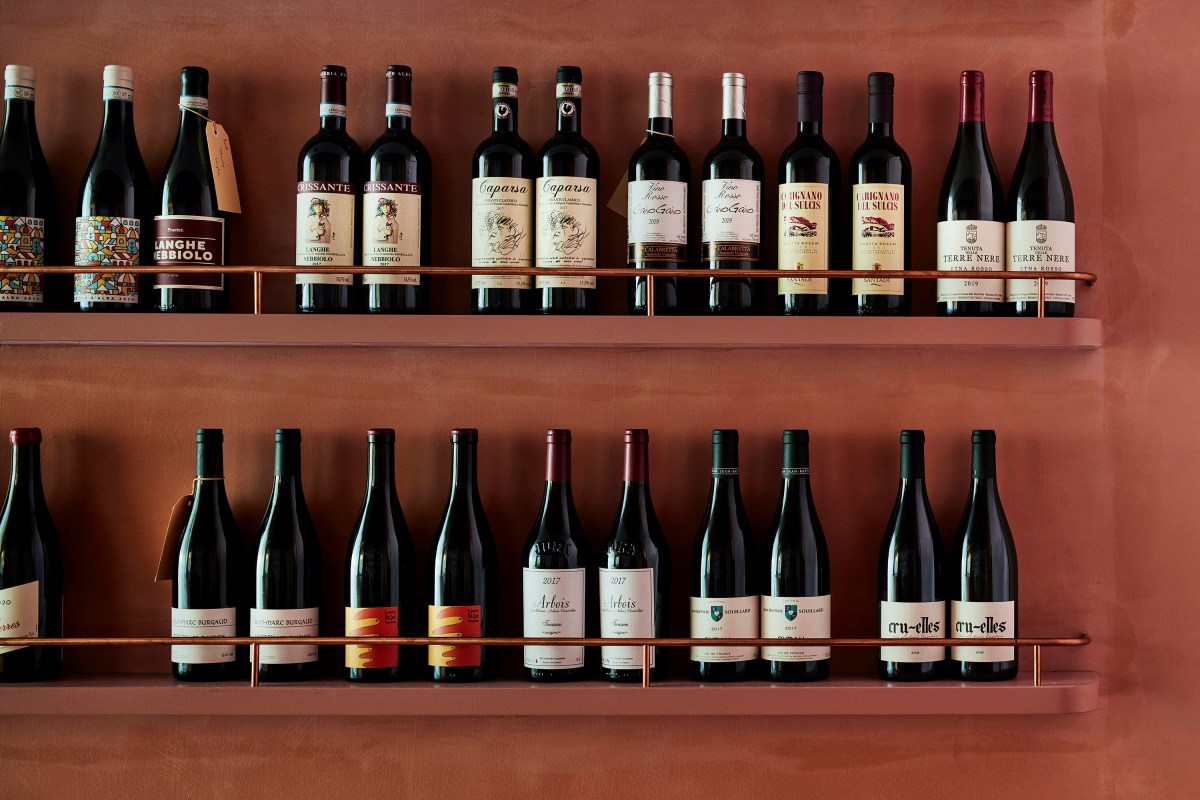Challenged with difficult economic conditions and the toll taken by China’s import tariffs, a recent report by the IWSR has assessed the outlook for Australia’s wine industry, and the impact of such challenges on winemakers.
Once Australia’s leading wine export destination, wine producers have been heavily impacted by the closure of the Chinese market as a result of political tension which led to China’s imposition of tariffs on imported wine from Australia.
While Prime Minister Anthony Albanese recently revealed that the review of duties was set to conclude in March, and he anticipates the exports of Australian wine to China to resume very soon, many producers have turned to diversification of markets to offset China’s losses.
Lee McLean, CEO of industry body Australian Grape & Wine, says consumers have focused on emerging markets and higher price-points in mature markets.
“Diversification has been challenging and growth has generally been slow, but there are some bright spots. For example, in 2022-2023, while exports to Southeast Asia declined by 11 per cent in value to $278m, they increased by 14 per cent in volume to 25m litres. These results are representative of mixed results by destination.”
These results are also reflected in data collected by the IWSR, which indicates that Australian wine volume consumption declined in South Korea in 2022 vs 2021, but increased in Thailand, Singapore, the Philippines, and Vietnam in the same period.
While these countries are increasingly engaging with the wine category, and the IWSR forecasts robust volume growth for Australian wine, India represents another emerging market for Australian wine producers.
Jason Holway, IWSR’s Senior Market Analyst for India, says: “India is an obvious priority, as Australian wine is already the top imported country of origin there. There has been a free trade agreement in place since the end of 2022, which has halved taxes, but there are challenges related to complex distribution structures, differing legislation and taxes by state, and the financial investment required to build relationships from scratch.”
Looking to the removal of China’s import duties on Australian wine, there is recognition in the industry that China’s wine market landscape has evolved since the peaks of 2020, with no expectation for exports to return to these highs.
Post-pandemic, China’s total wine sales have seen a 26 per cent volume decline, with IWSR data forecasting another challenging year for the wine market in China in 2024.
Shirley Zhu, IWSR’s Research Director for Greater China, says overall wine volumes have contracted as a result of difficult economic conditions.
“2022 was one of the most challenging years for China’s alcohol industry. Rolling lockdowns and social restrictions limited consumption, and consumer spending waned. There will also be challenges with overstocks, as the Chinese market has rebounded slower than expected post-Covid.”
In the absence of Australian-produced wine in the Chinese market, awareness of locally-produced wine has grown, with a number of Chinese-produced wines entering the global market and awareness of domestically-produced wine increasing significantly between 2019 and 2023. Simultaneously, rival origins have also established greater market share through the unavailability of Australian wines.
Despite this, the IWSR report states that “Chinese sentiment about Australian wine remains positive and may foster a quick rebound in sales once the supply chain has recovered enough to restore the physical availability of Australian wines in retail and on-premise to pre-tariff levels.”
The reopening of the Chinese market is widely welcomed by Australian producers, but with Australia’s wine inventory at an all-time high, this represents an over-supply issue which is urging many industry members to call for a structural change.

